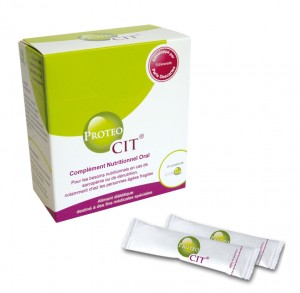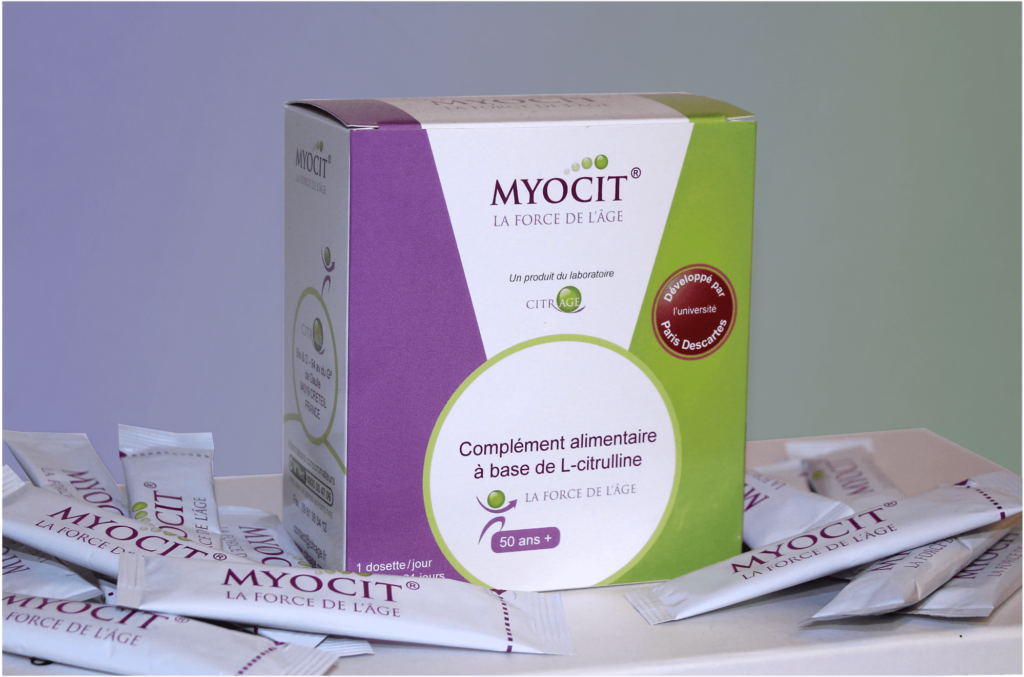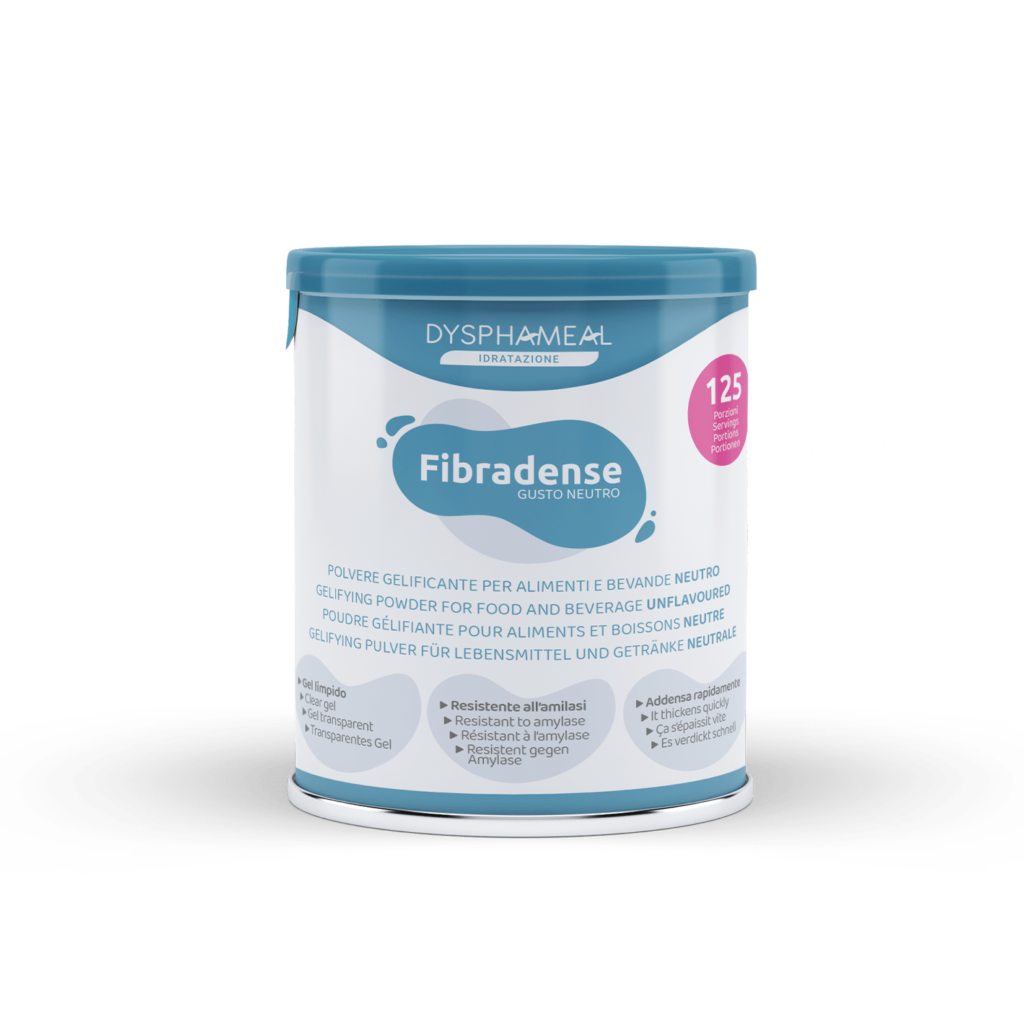What is sarcopenia
Sarcopenia is a disease, resulting in a high and progressive loss of mass, strength and muscle functions during aging.
From the age of 30, there is a progressive degeneration of muscle tissue around 3 to 8% per decade, with an acceleration from 50 years. Finally, at the age of 70, we have lost half of our muscle mass in favor of adipose tissue1.
Various studies estimate that 25% of people over 70 years and 40% over 80 years would be sarcopenic2.
Sarcopenia is associated with impairment of vital functions, a weakness, an increased risk of infections, increased risk of falls, a loss of quality of life and becoming dependent3.
References :
1. Munro HN. Adaptation of body protein metabolism in adult and aging man. Clin.Nutr. 1982;1:95‑108.
2. Boirie Y. Physiopathological mechanism of sarcopenia. J Nutr Health Aging. oct 2009;13(8):717‑723.
What are the causes
Sarcopenia is a complex multifactorial phenomenon. Multiple factors, interdependent, participate in the development of sarcopenia as increased splanchnic extraction, decreased protein intake …


















